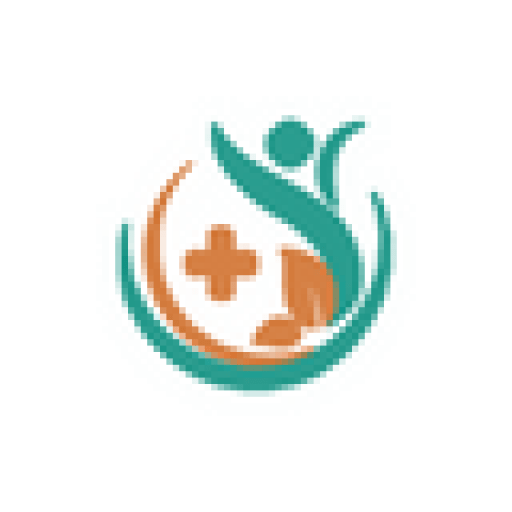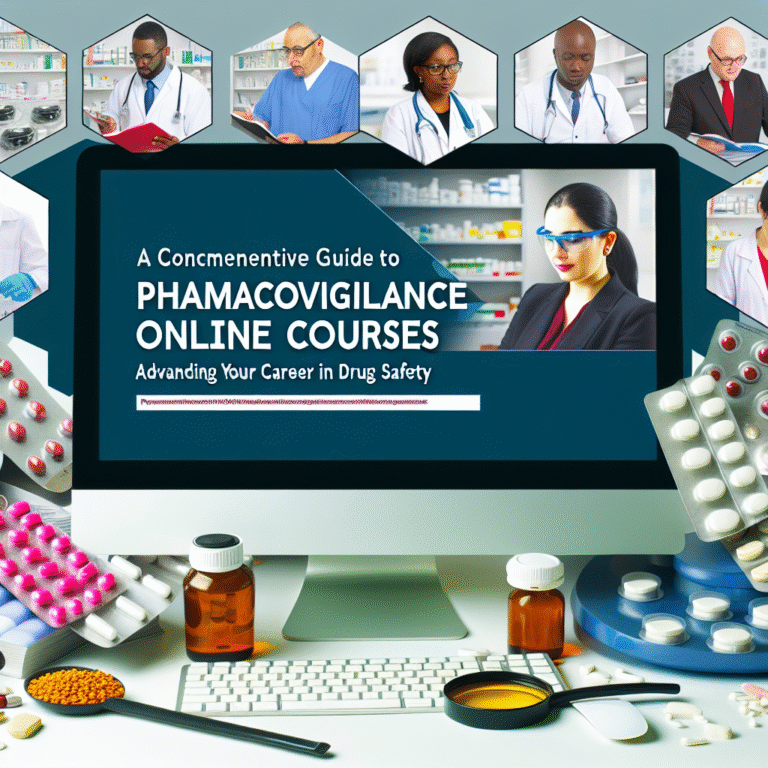Understanding Pharmacovigilance: Key Concepts and Definitions for Healthcare Professionals
Understanding Pharmacovigilance: Key Concepts and Definitions for Healthcare Professionals
**Introduction**
Pharmacovigilance is an important part of healthcare. It helps spot, understand, and stop bad effects or other problems from medicines. Healthcare workers need to know about pharmacovigilance to keep patients safe and ensure medicines work well. In this blog post, we’re going to explain what pharmacovigilance is and why it’s so important in healthcare.
**What is Pharmacovigilance?**
Pharmacovigilance comes from the Greek word “pharmakon,” meaning drug, and the Latin word “vigilare,” meaning to keep watch. It means the science and work of finding and understanding bad effects from medicines. It started to grow after the 1960s when there was a big medicine mistake with thalidomide, which caused birth defects. This mistake made people around the world realize the need to watch the safety of medicines. The main goals of pharmacovigilance are to monitor medicine safety, find and stop bad drug reactions (ADRs), and tell healthcare workers and the public about risks.
**Key Concepts of Pharmacovigilance**
Adverse Drug Reaction (ADR)
– ADRs are harmful or unintended responses to a medicine. They can be Type A (dose-dependent and predictable) or Type B (idiosyncratic and unpredictable). It is important to find and report ADRs quickly to prevent harm and keep patients safe.
Side Effect
– Side effects are known and often expected outcomes from using a drug, but they do not always cause harm. For example, antihistamines can make you drowsy, which is a common side effect. We still need to watch side effects to help patients understand what to expect.
Signal Detection
– This means finding new or not fully understood bad effects. We use different methods, like data mining and statistical analysis, for this. It’s a big part of pharmacovigilance because it helps us spot risks early.
Risk Management
– This includes making plans to lower the risks from medicines while getting the most benefits. Tools like Risk Evaluation and Mitigation Strategies (REMS) and periodic safety update reports help keep people safe.
Benefit-Risk Assessment
– This compares the good effects of a treatment against possible risks. It helps decide if a drug should be approved, have any label changes, or be taken off the market.
**Important Definitions in Pharmacovigilance**
Causality Assessment
– This is a difficult process to figure out if a drug caused a specific bad event. There are methods like the WHO-UMC system and the Naranjo algorithm to help, but it’s a challenge to find a clear connection.
Pharmacovigilance Systems
– These are different ways, like Electronic Health Records (EHRs), to collect and understand safety data. They play big roles in keeping people safe worldwide.
Spontaneous Reporting
– This is when healthcare workers report ADRs without being asked. It’s very important in pharmacovigilance, but not everyone reports, so that can be a problem.
Proportional Reporting Ratio (PRR)
– This tool helps find the connections between specific drugs and ADRs by comparing how often they are reported. It helps in signal detection and safety checks.
Regulatory Authority
– Groups like the FDA, European Medicines Agency (EMA), and others around the world make rules for pharmacovigilance, making sure drugs are safe and helping with international safety work.
**The Role of Healthcare Professionals in Pharmacovigilance**
Healthcare workers are a big part of pharmacovigilance through:
– Recognizing ADRs: Ongoing training and being aware help healthcare workers spot and manage ADRs well.
– Reporting ADRs: Knowing how to report them is key. Systems like the FDA’s MedWatch are important for sending in ADR reports.
– Educating Patients: Teaching patients about pharmacovigilance helps them use medicines safely.
– Participating in Pharmacovigilance Activities: Being part of studies and surveys keeps pharmacovigilance strong.
– Collaboration with Regulatory Authorities: Healthcare workers help make policy and keep up with rules, which helps align with safety standards.
**Benefits of Effective Pharmacovigilance**
Good pharmacovigilance means:
1. Safer patients
2. More effective drugs
3. Better healthcare outcomes
4. Smarter decisions for new drug approvals
5. More trust and openness in healthcare
**Challenges in Pharmacovigilance**
There are challenges in pharmacovigilance:
1. Not everyone reports ADRs, which makes it hard to assess safety.
2. There is a lot of data to analyze and understand.
3. Different global rules make it hard to have standard practices.
4. Limited funds and workforce can slow down pharmacovigilance.
5. Technology and data management challenges persist.
**Future of Pharmacovigilance**
Looking ahead, some trends might shape pharmacovigilance:
1. More technology, like AI and machine learning, will help analyze data and detect signals.
2. Global connections and better communication will improve international work in pharmacovigilance.
3. Personalized medicine will change how we do pharmacovigilance, focusing on specific treatment plans.
4. Better regulatory rules will help standardize global safety practices.
5. More people will understand pharmacovigilance as awareness grows.
**Conclusion**
In conclusion, pharmacovigilance is important for keeping medicines safe and protecting public health. Healthcare workers need to understand the basics to contribute to safer practices, improved healthcare outcomes, and a more open healthcare system. At Pharmacovigilance Foundations, we support all healthcare professionals in learning about and getting involved in pharmacovigilance for a safer future.
**Additional Resources**
For more reading and training, check out:
1. World Health Organization (WHO) Pharmacovigilance Guidelines
2. FDA MedWatch: The FDA Safety Information and Adverse Event Reporting Program
3. European Medicines Agency (EMA) – Pharmacovigilance
4. The International Society of Pharmacovigilance (ISoP)
5. Online courses and certifications in pharmacovigilance
For questions or more information, feel free to contact us through our website or connect with professional organizations dedicated to pharmacovigilance.






